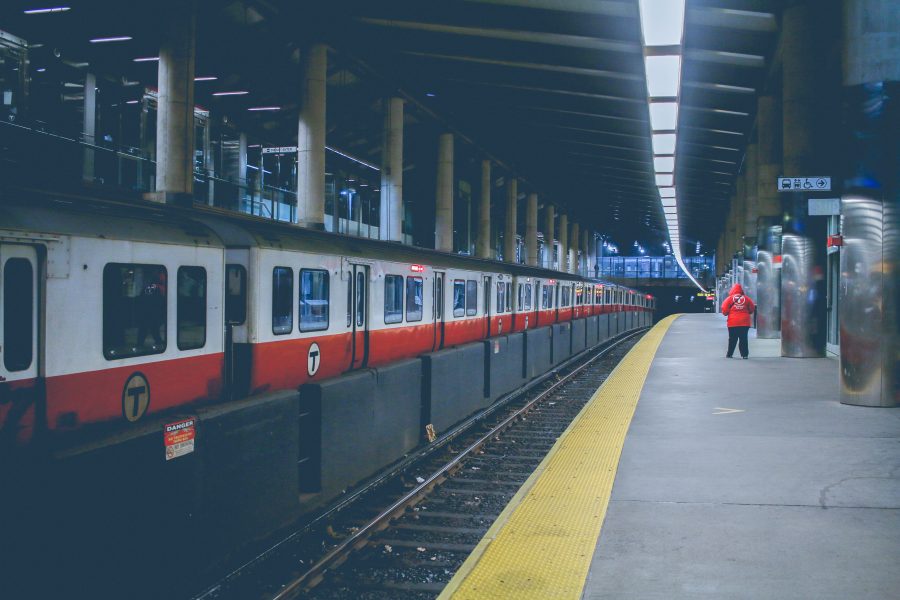Nearly all Massachusetts politicians—including state representatives, senators, the mayor and governor—ran their campaign platform by heavily committing to improve the MBTA. Still, recent incidents haven’t been an impressive testament to the promises made. From the Orange Line shutdown in 2022 to Red and Green Line delays, the MBTA still needs mending. Consistent maintenance work, mechanical failures, lengthy delays and staff shortages have left riders frustrated.
In August 2022, Federal Transit Administration issued a scathing report that advised Boston MBTA to take immediate measures concerning the T’s maintenance, safety and effectiveness. One of the crucial findings in the report was how inadequate staffing created hurdles in operating bus feet, carrying out maintenance work and making the whole system under-resourced. “MBTA’s staffing levels are not commensurate with the demand for human resources required to carry out current rail transit operations and maintenance in addition to expanding capital program activities,” Boston Globe reported excerpts from the FTA report.
Following the concerning report from FTA, Massachusetts Governor Maura Healey said to GBH News in February of 2022 that the MBTA would shortly share all information regarding the progress made to address pressing issues with the T. To maintain transparency between the administration and residents, Governor Healey said that all updates would be posted online in about a month. Amid all the MBTA conundrum, Healey and Lieutenant Governor Kim Driscoll visited MBTA’s Operation Control Center last month where Healey publicly took ownership of the T failures. In an interview with the Boston Globe, Healey said, “I think as Governor I’m ultimately responsible.”
Apart from the technical issues, there are administrative roadblocks involved. The Healey administration is yet to hire a new permanent T General Manager after Steve Poftak stepped down from the position. When asked about the search process for the new General Manager, Healey commented to the Boston Globe, “We’re going to work as quickly as we can… I hope this is a matter of weeks and not several months, but that is the goal.”
Amid all the current problems, on March 10, effective immediately, the MBTA imposed speed restrictions on Red, Green and Orange Lines from an average speed of 40 miles per hour to between 10 and 25 miles per hour. This change resulted from an inspection by the Department of Public Utilities between Ashmont and Savin Hill stations on the Red Line. DPU discovered some concerning conditions with the breach of train track standards and requirements. Immediate actions were required to comply with the safety norms, and as a result, a transitory speed limit was imposed. The agency later lifted the restriction except on the Green Line and the Mattapan Trolley Line.
“These actions will add additional travel time for people taking the T. The MBTA apologizes in advance for these inconveniences and remains committed to operating the transit system in the safest manner possible,” the MBTA wrote in the press release on its website.
In early March, a passenger was nearly hit by a falling ceiling panel at the Harvard T-Station. The panel weighed almost 20 to 25 pounds, according to T-officials. Cianna Navarro, 21 years old, was the passenger who narrowly missed the tragedy. “As scary as it was, I can acknowledge that it could have been worse,” Navarro told the Boston Globe. Following this incident, the MBTA immediately inspected stations between Central Square and Andrew and removed around 100 ceiling panels at Harvard station.
This is one of many incidents proving the inefficacy of the MBTA. March 10, construction equipment fell onto the tracks, resulting in shuttles replacing T-service between Ashmont and Mattapan. The normal T schedule resumed shortly after the momentary obstruction. Multiple accidents of the T catching fire, derailments and route shutdowns were reported last year, leaving the riders in despair.
Public transportation has been heavily visible on politicians’ radar, but the actuality of the situation calls for rigorous steps, prioritizing safety measures and complying with the protocols. Train delays have caused serious commute problems for the riders, and all additional repairs and maintenance work on weekends have debilitated commuters’ trust in public transportation.
Vivian, a sophomore studying American Studies, regularly commutes to the Museum of Science for work. She said, “As someone who takes the T to work, it runs extremely slow because shuttle replacements add general wait times. It is a 15-minute drive but usually an hour and a half T ride.”
College students heavily rely on public transport to get to the campus. Long delays and sluggish services have caused problems with students’ schedules. Riley Hammond, who commutes to JFK daily, said she plans to leave 30 minutes earlier than necessary to avoid being late to class. “Fall 2023 class enrollment is coming up, and I am planning my schedule around the anticipated commute. I am switching apartments, but I’m assuming an hour commute from wherever I end up,” Hammond said.
Sources:

